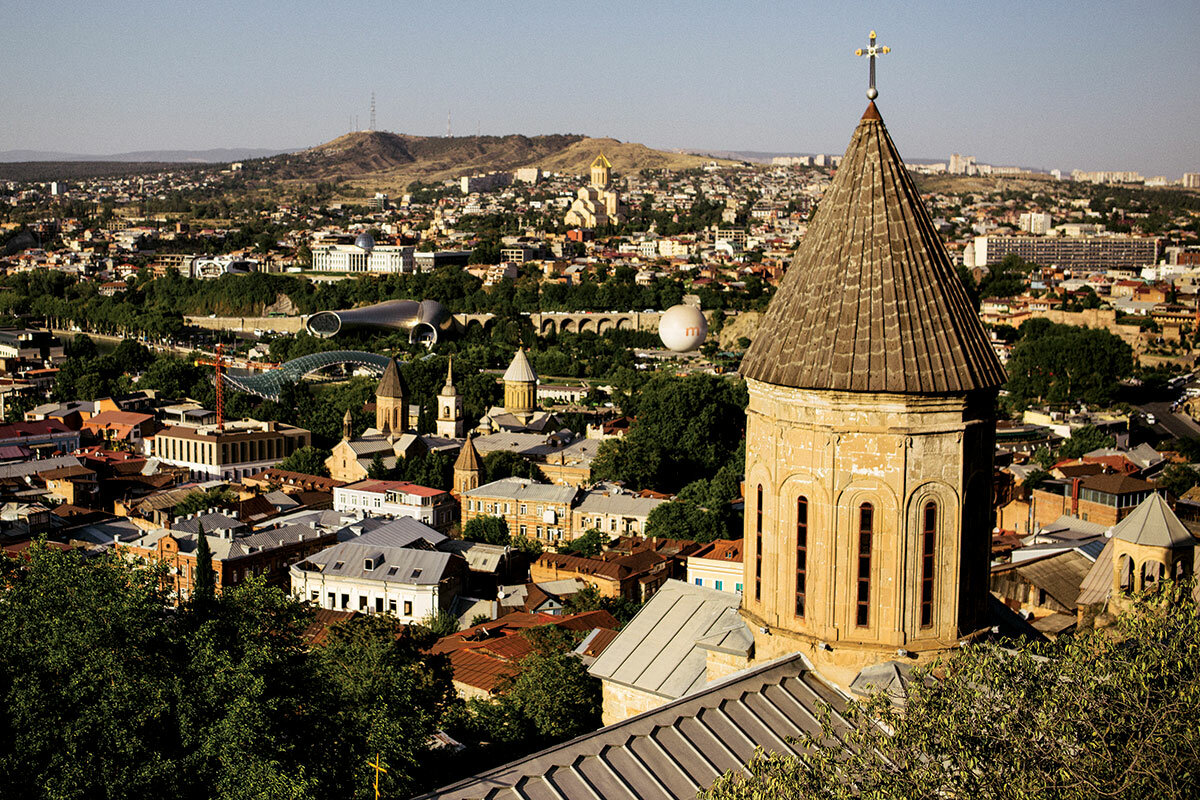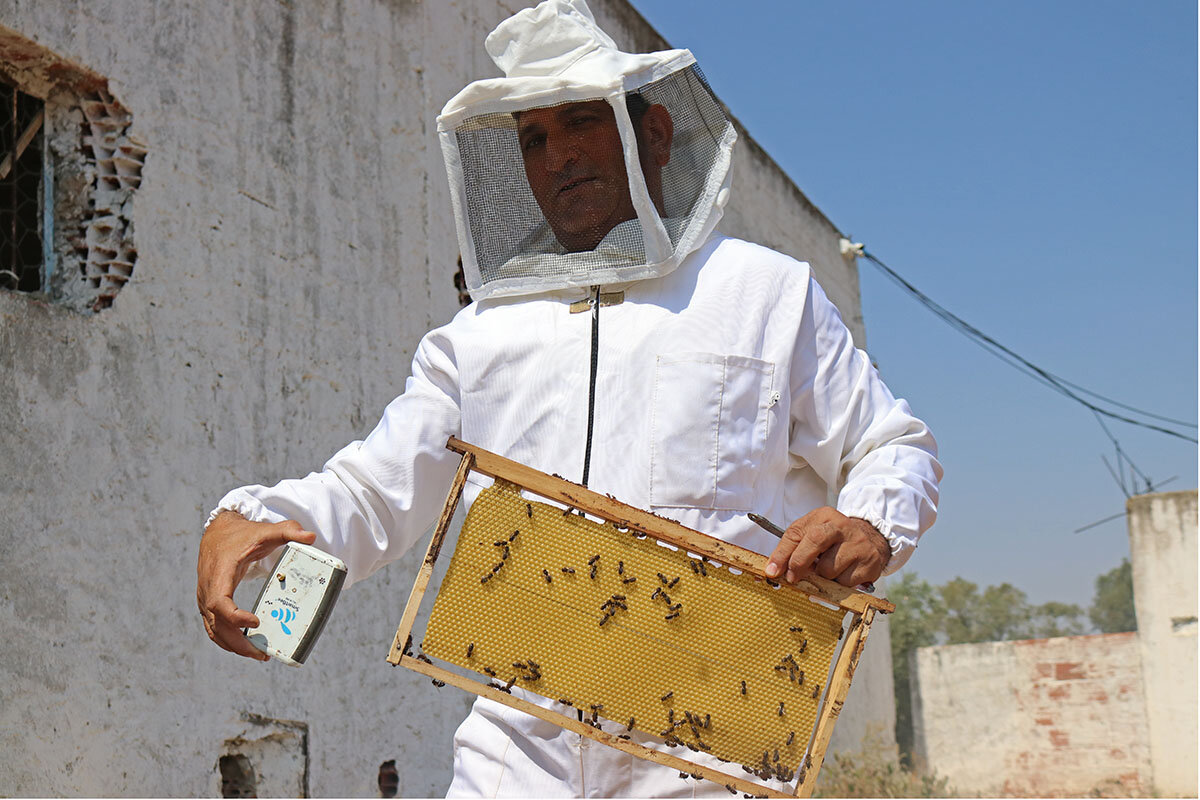Sunny Georgia’s freedoms and quest for membership in the European Union attract Russian exiles but risk provoking Vladimir Putin’s imperial designs.
Monitor Daily Podcast
- Follow us:
- Apple Podcasts
- Spotify
- RSS Feed
- Download
 Peter Grier
Peter Grier
Gold bars. A $60,000 Mercedes convertible. Stacks of cash stuffed in clothing.
Those are among the “hundreds of thousands of dollars in bribes” that federal prosecutors claim Sen. Bob Menendez and his wife received for wielding political influence to help the government of Egypt and three New Jersey businesspeople.
On Monday, the New Jersey Democrat vehemently denied these allegations and said he wouldn’t resign. He said that the actions he’s been charged with, such as facilitating aid and weapons sales to Egypt and urging prosecutors to go easy on certain defendants in criminal cases, were a normal part of his job.
A veteran lawmaker, Senator Menendez was chair of the Senate Foreign Relations Committee, but he stepped down following Friday’s Justice Department indictment, as required by Democratic Party rules.
He has beaten corruption charges in the past. In 2018, a hung jury caused the Justice Department to drop a case accusing him of providing political favors to a wealthy donor.
But his immediate problem now may be political.
Five years ago, prominent members of his party rallied around him. This time, not so much.
Democratic Gov. Philip Murphy last week called for his resignation. Other prominent New Jersey Democrats have followed suit.
Senator Menendez has already drawn at least one serious primary challenger. Democratic Rep. Andy Kim, a young three-term House member from South Jersey, announced over the weekend that he will run for the senator’s seat when it comes up in 2024.
“Not something I expected to do, but NJ deserves better,” Representative Kim wrote on social media. “We cannot jeopardize the Senate or compromise our integrity.”










